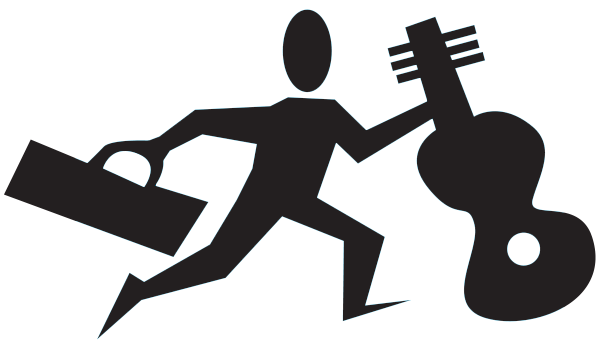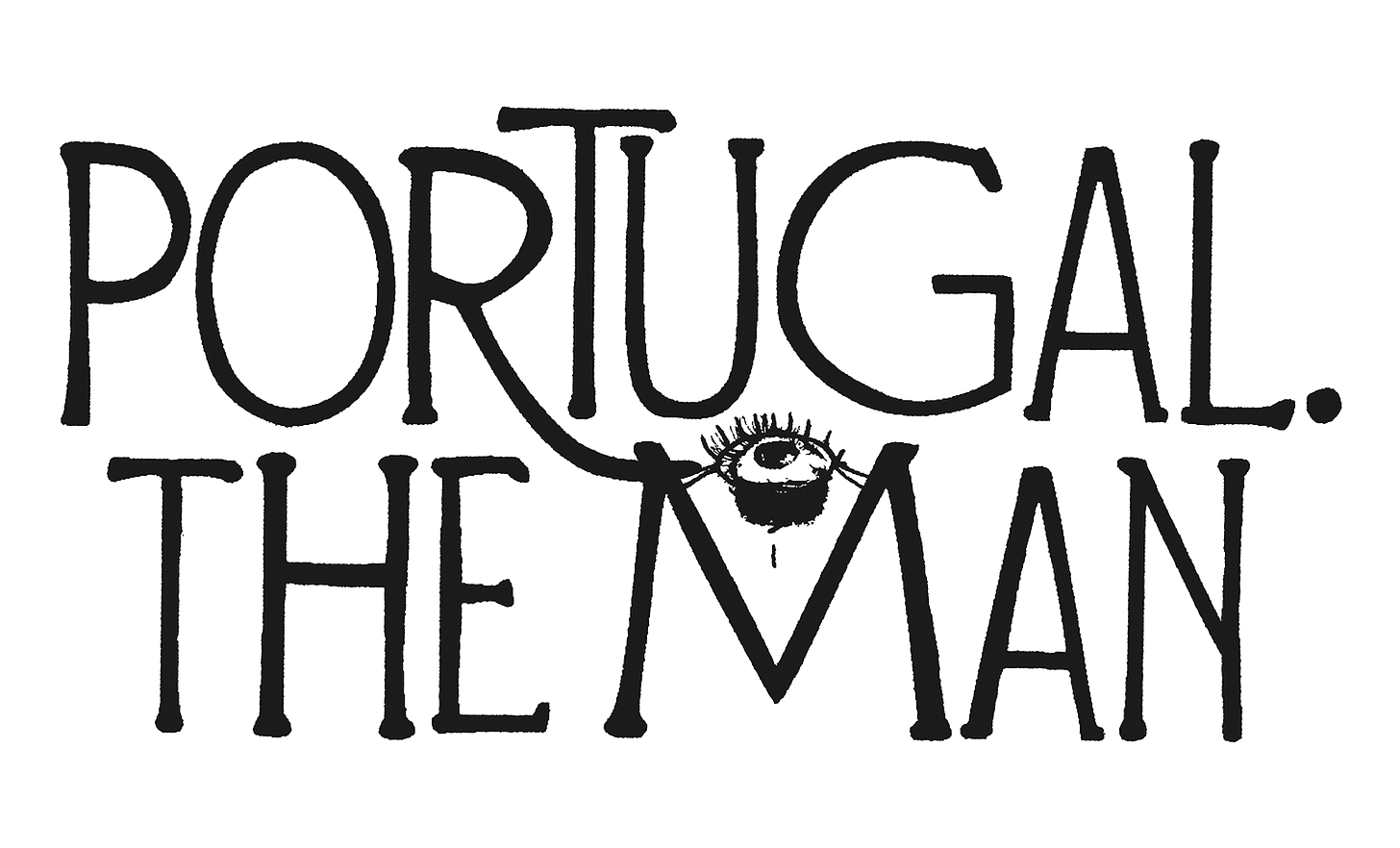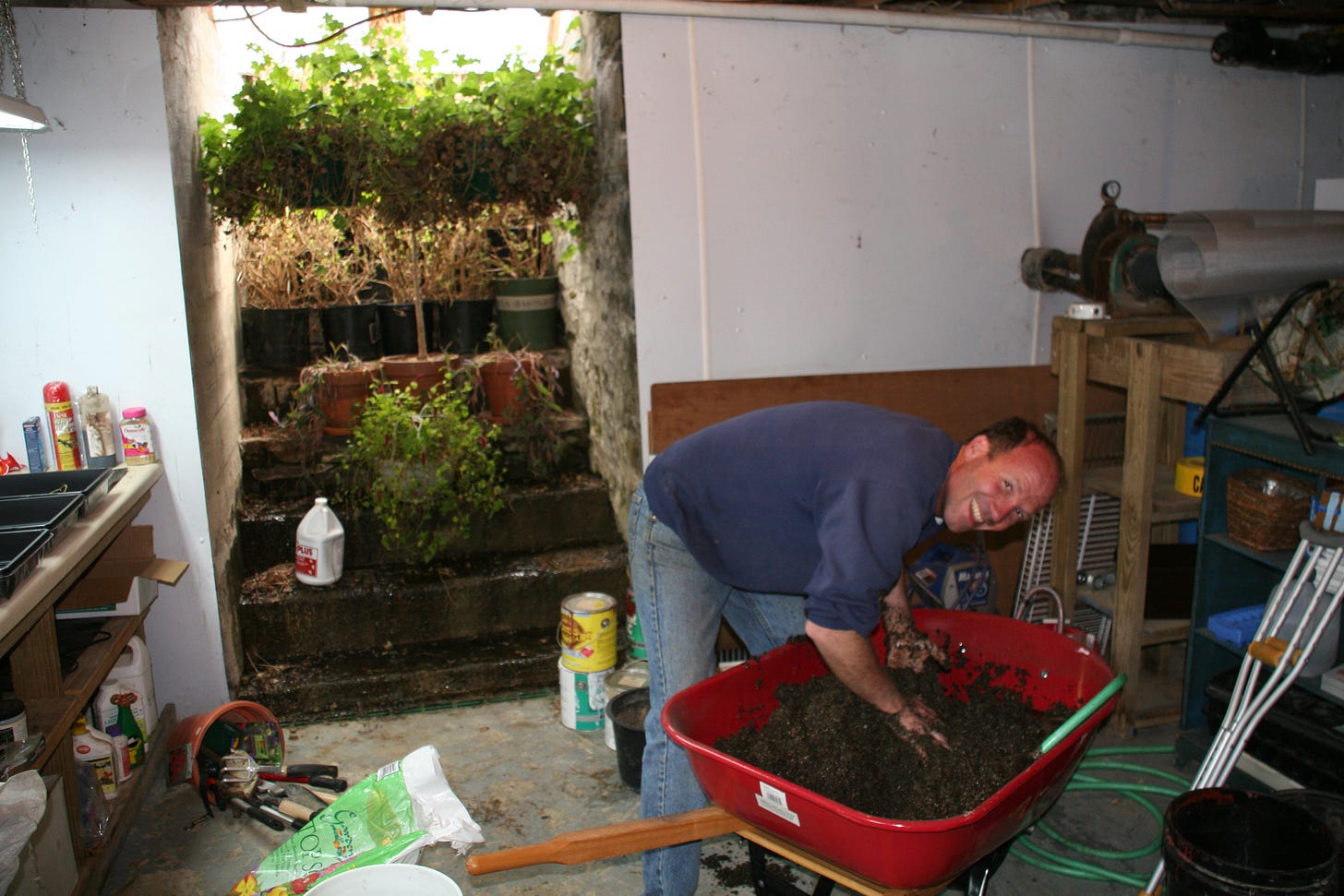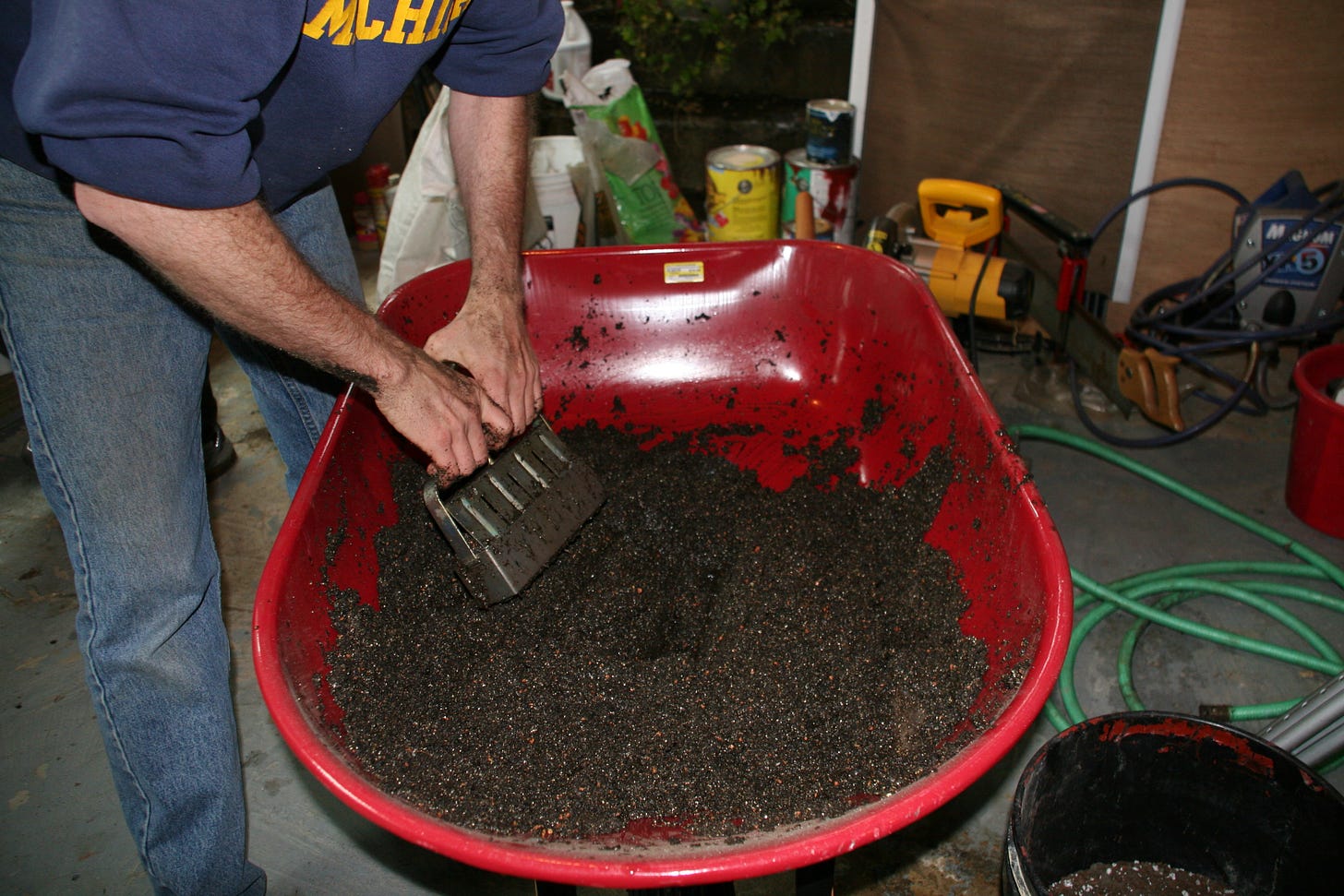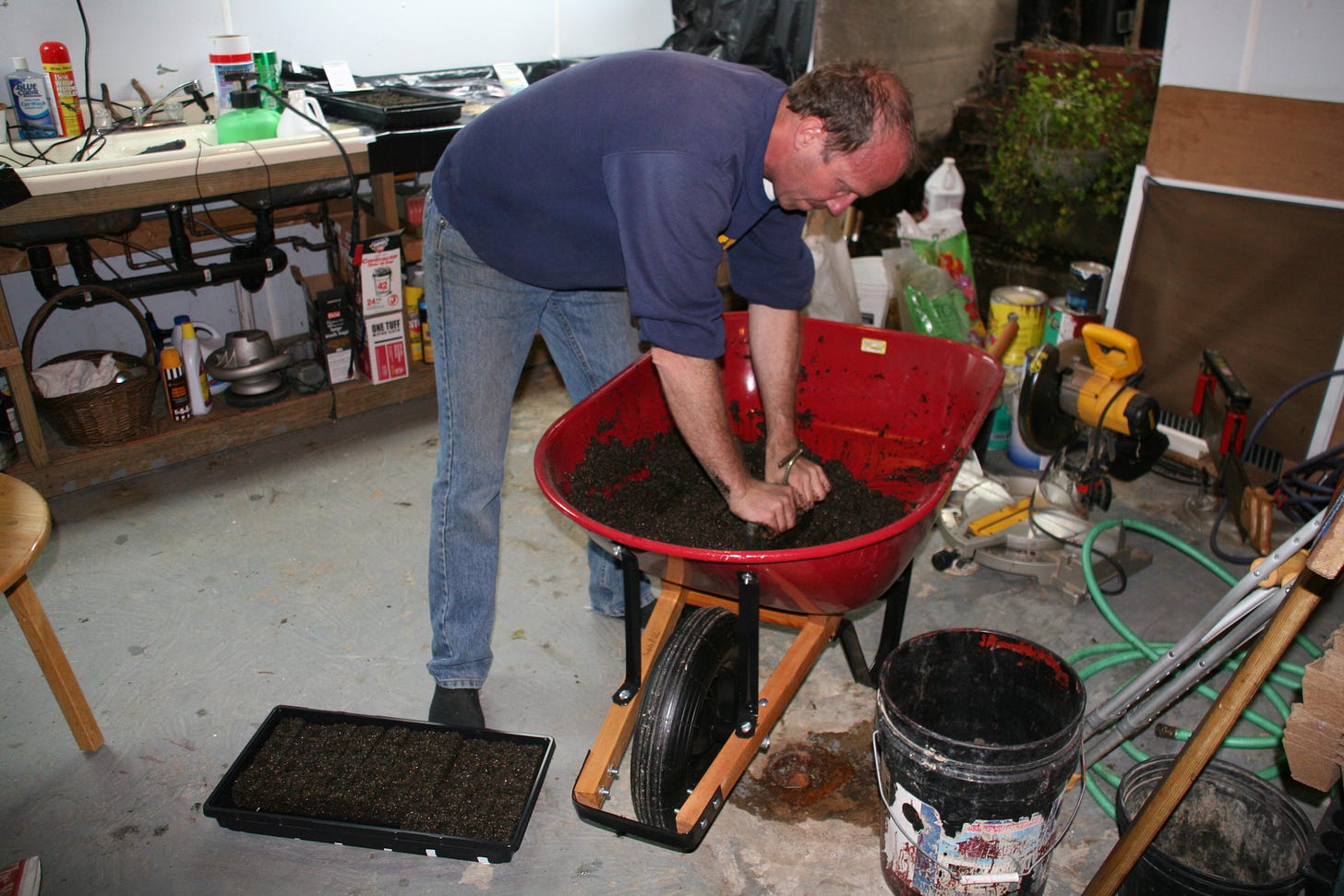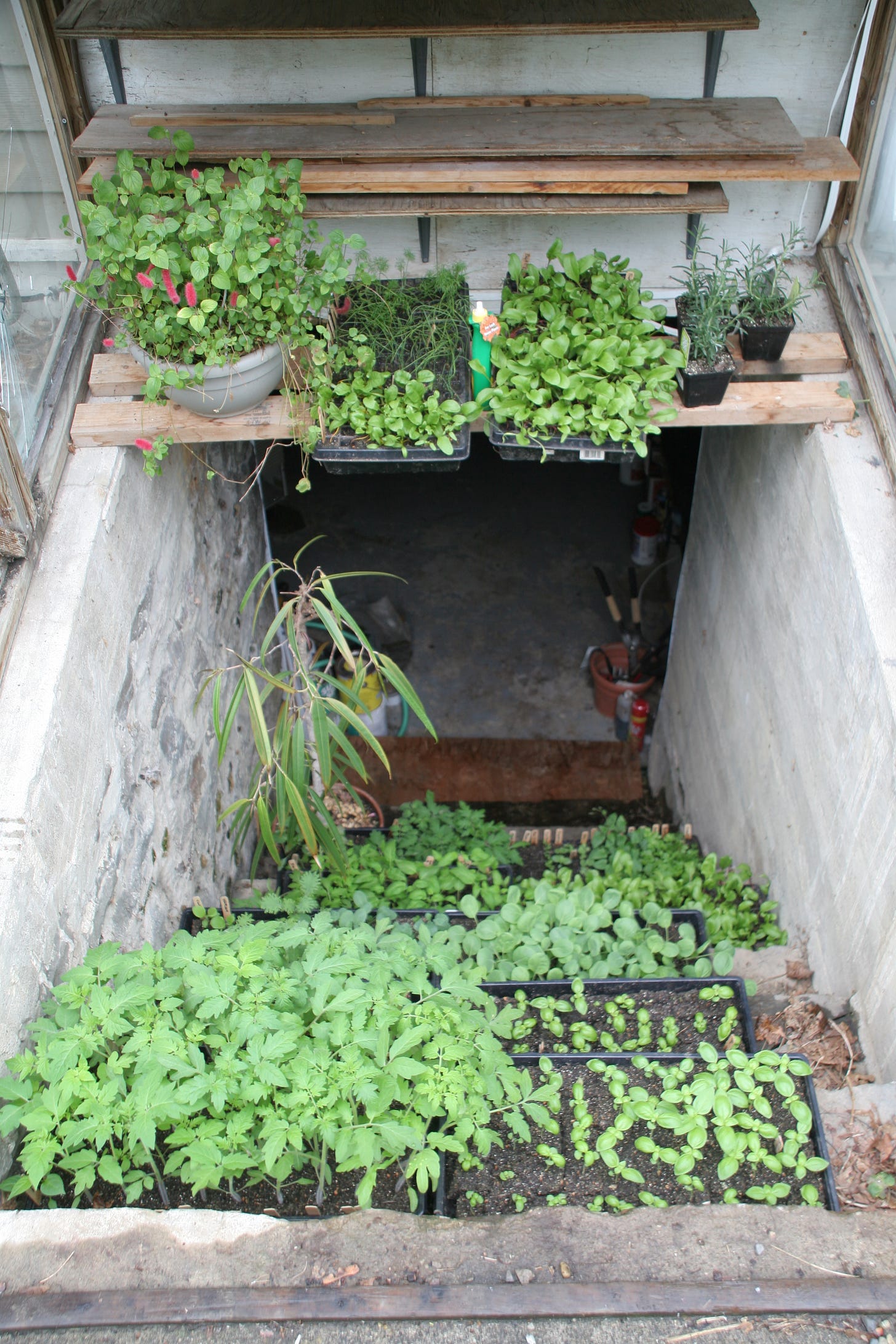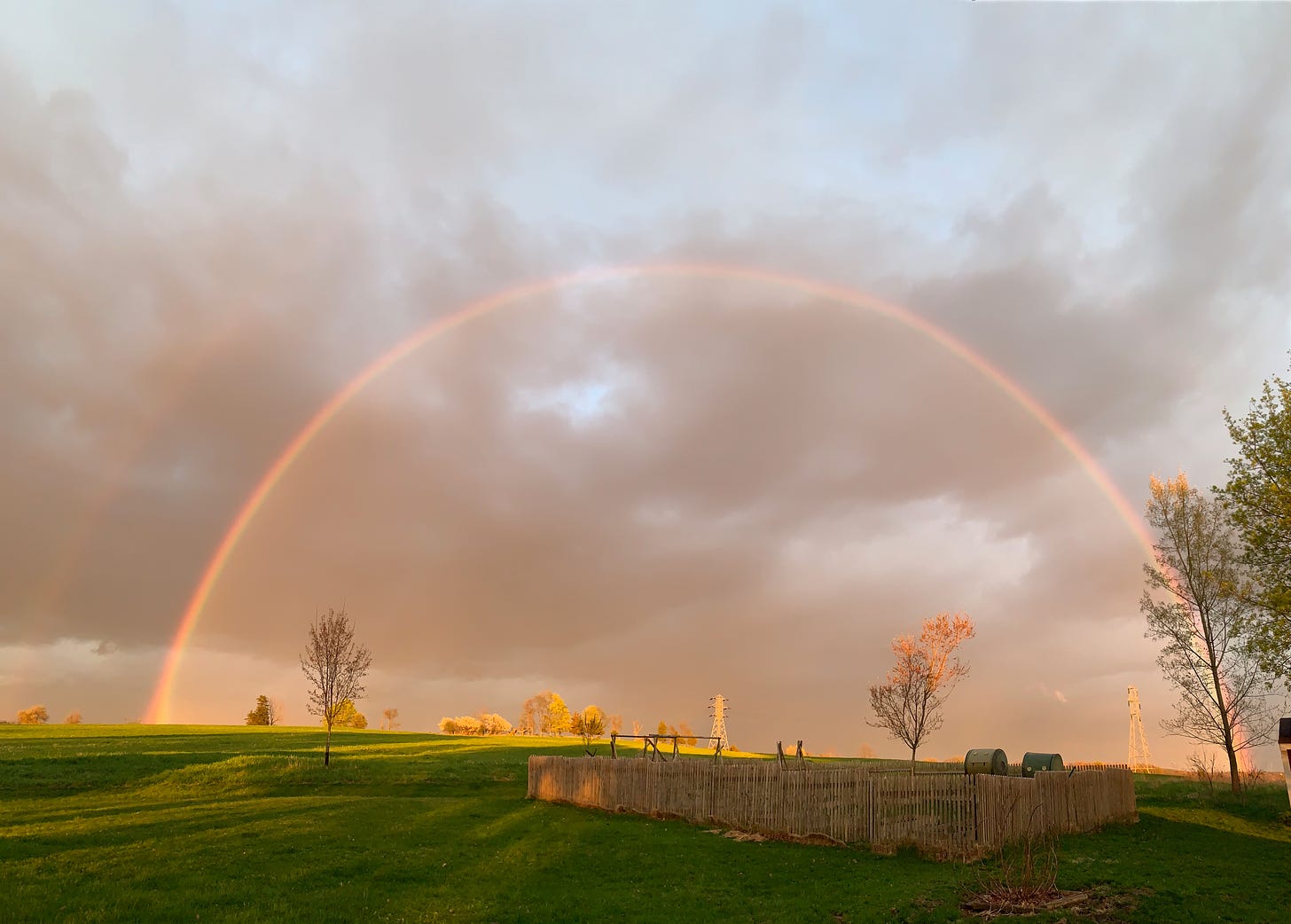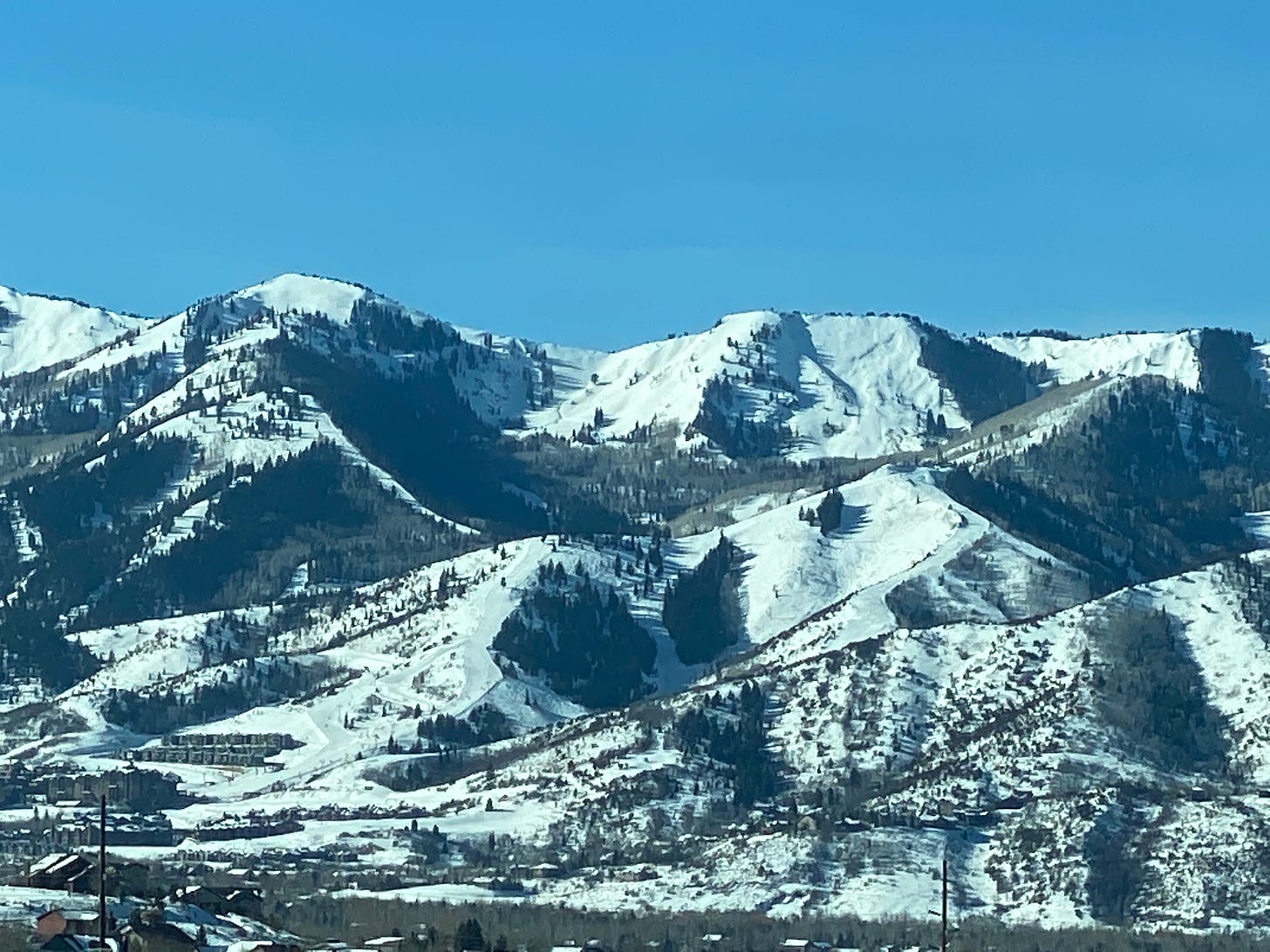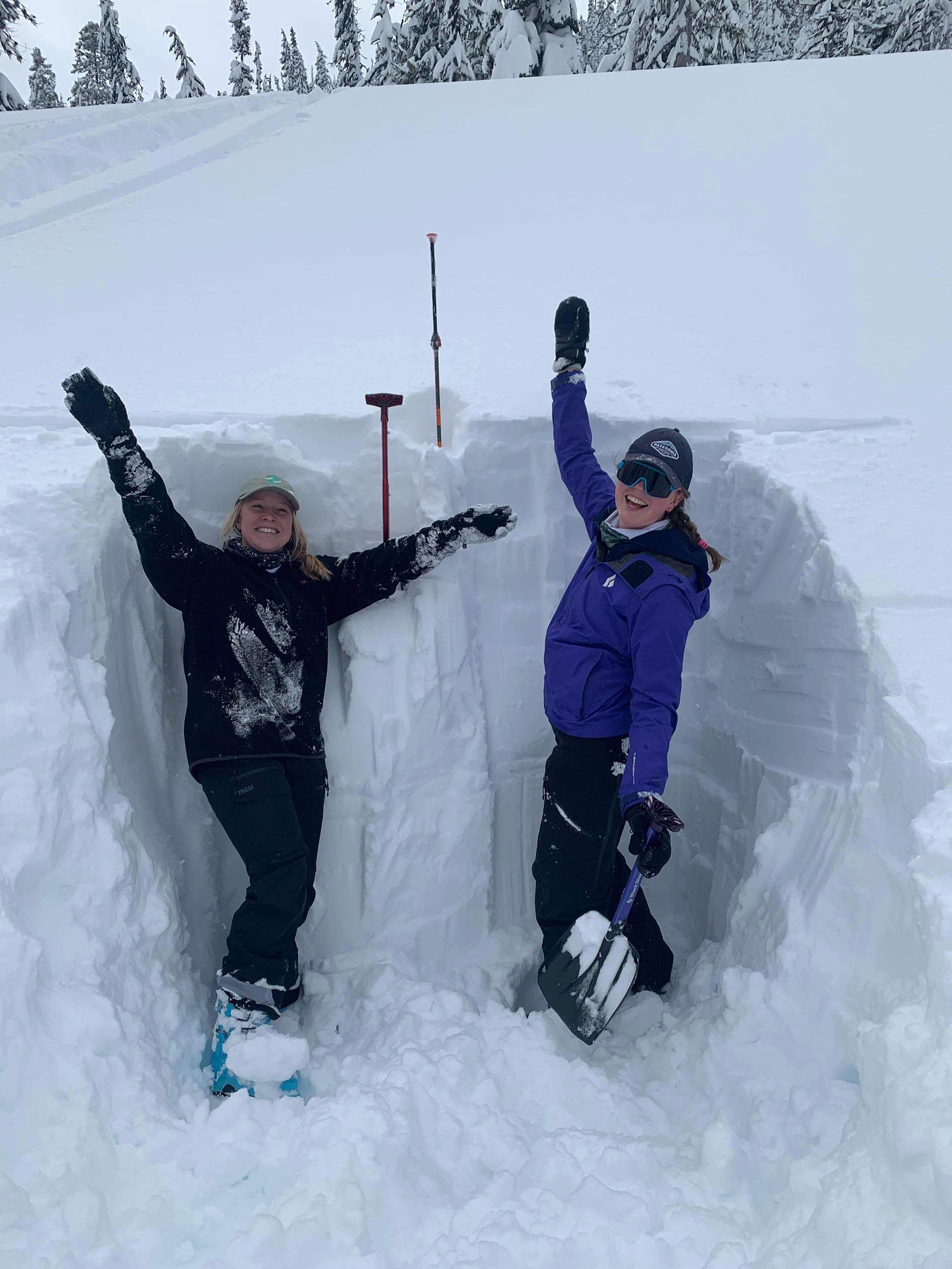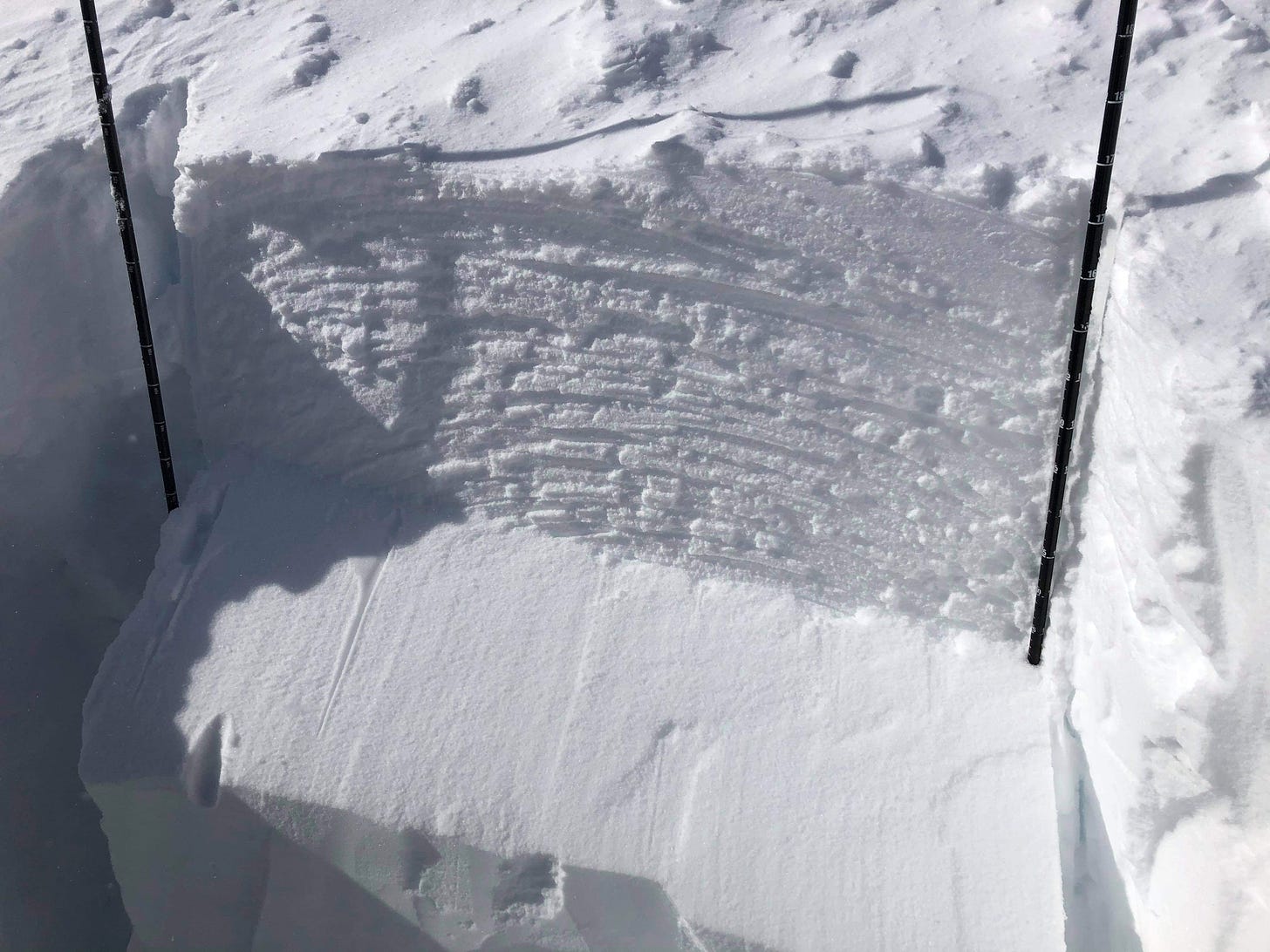We were on our way to meet Nash and Eddie. And that’s why this South by Southwest was going to be different – instead of wearing out a pair of shoes going from club to club, this time I was bringing friends to *me* and I was playing roadie, a role I hadn’t really done since my early artist management days traveling with Ron Sexsmith across the US, and before that with Cheralee Dillon and Bob Wiseman across Europe in an old van with a transmission that blew up somewhere in the foothills of southern France […]
When I was in fourth grade, I planned to win the spelling bee. I was a compulsive reader, and being a good speller came from that. I chose the upcoming elementary spelling bee to be my early rockstar moment.
Years later, toting an acoustic guitar around the streets of North Carolina’s largest city, rockstar action of a different sort was on my mind. To the chagrin of my boss in the thread industry at the time, who was…unimpressed?…to see his VP of Marketing out hawking for spare change on the street. Which he mentioned. Rockstar on my resume – the ? kind, not the ? kind – would prove to be an elusive mistress.
The World Famous Milestone Club was the dive bar where everyone from Nirvana to The Cows played on the drive from Atlanta to Chapel Hill. The Milestone in Charlotte was my club of choice. I spent 3-4 nights a week there for several years, stopping at Krispy Kreme for donuts and hot chocolate post show, honing a lifelong capacity to exist on little sleep, meeting enough musicians to start a career in music management (that happened), and taking in variations of the scene below and taping as many of these shows as possible on my portable TASCAM 4-track.
When I finally got the nerve together to get up on that hallowed stage where Michael Stipe had stood, strum my guitar and sing, wearing a curly-haired mini-pony tail (my barber once told me “you’ll never lose your hair, you have too much of it), I was very briefly convinced I had arrived at my second rockstar moment. But I have left you hanging regarding the spelling bee.
The gymnasium at Glen Lake High School in northern Michigan was quiet, and you could cut the tension with a knife. Every word dictated to me…I slayed it. Pretty soon it was down to me and three others. I had spent months being quizzed complicated words in the car by my mother from the official study book. I could spell antidisestablishmentarianism and pretty much every big word there was. And yet, here was my word – “despair”. And I thought, and thought, and my face got red, and then I went for it… “d.i.s.p.a.i.r.”. And there was silence, and a bit of a gasp from the Glen Lake elementary crowd, and the moderator said “not correct – please sit down”.
Everyone says don’t sweat the small stuff. Maybe so, but don’t be so focused on the big stuff that you overlook the small things. Small things are the difference.
? NFTs ?
At the moment, cryptocurrency represents a relatively small $1.7 trillion of the ca. $100 trillion worldwide financial service sector. There are smart folks like Raoul Pal who think that ratio will flip, and usher in an era of digital ownership and involvement without the platforms which are currently a primary means of access to artists (think: social networks, digital music services)
(*side note – if you’re interested in learning more about platforms, join the incredible Mohan Sawhney and my teaching assistant colleagues and me at Section4 for a future Platform Sprint).
Crypto is nascent technology that boomers by and large have blissfully ignored, and millennials (gamers in particular) implicitly understand.
Crypto is also a pain in the a#! right now – it’s not yet at the 1-step stage, especially for NFTs. Different States have different Bitcoin laws, you need to set up an account at Coinbase or Gemini, validate yourself, buy some Ether, and then you can’t just plug either of those products directly into Nifty Gateway which facilitates a NFT purchase. It’s still a bit nerdy…which is why you’re probably not sure what it is. Kind of reminds me of my first Rio MP3 player, which held 16 songs I believe.
A dollar is fungible – that is, your dollar is (generally) non-unique and interchangeable with my dollar. NFTs are non-fungible – the owned art asset associated with my NFT carries intrinsic and actual value that is different from the digital copy of my art that you may possess. Crypto is a new asset class, and will be a way for a new generation to generate expertise and wealth independent of frameworks built by boomers, who employ their resource advantages in places like equity markets (Gamestop).
I am not a fan of the world of music service playlist pitching. It’s why I got out of music marketing, which has been speedily transitioning away from editorial and toward competition for playlist slots. As the music industry focuses more and more on this inevitable move toward achieving playlist dominance (interesting the extent to which independent music punches above its weight here), some of my more forward-thinking friends and colleagues are moving into the crypto/NFT space.
Ignore the bubble around early adopters and sensational headlines – current bubble buyers may have purchased crypto early, and may be simply exchanging one value medium (highly appreciated virtual currency) for another that they expect to retain value (art); here are three examples (and some good links) of why this phenom should be on your radar.
World Building Intersection of Art and Music – Joe Conyers (exec vp, NFTs at Crypto.com) – in the announcement of his new position and rollout of a NFT division at Crypto (their first Aston-Martin NFT dropped this weekend), Joe muses about walking into a home with virtual reality glasses to view digital art collections. ?
Display tech for visual art is decidedly v1.0 at this point, and is often highlighted by naysayers as a reason to dismiss the NFT phenomenon. While it’s likely you wouldn’t be caught dead wearing the vaunted google glasses to view a virtual art collection, consider that there are some number of investible smart contact lens products coming to market that will open up a virtual world overlaying the physical world around you.
Version 2 of virtual art display is coming, folks, and not just in the gaming world (I had a running bet from 1999 with Paul Redding, President of the Beggars Group in London – internet-enabled clothes washers would become a thing, which was a perennial joke whenever I visited – I won that bet)
Portugal, The Man – PTM coins and online communities – Rich Holtzman – bands have long built fan communities. I met Rich in 1997, when he worked at 4AD and I at Beggars Banquet; he was the first person to explain to me what a music mp3 was.
I spoke with Rich this week about his and his band’s release of a PTM coin while thinking about how to build their community while avoiding the typical release and tour cycle-focused music community norms – a virtual social token, underpinned by Ethereum which gives it value (Ethereum is the open source blockchain that generates Ether, the 2nd most prominent cryptocurrency to Bitcoin, and runs smart contracts to create digital money, tokens and new digital asset types).
Hear the band talk about the release of their coin below.
Never underestimate the power of an influencer to invite you further into their world, to be in proximity to or own something virtual or physical that you, the fan, otherwise wouldn’t have access to. We are a tribal society, and bands are tribe leaders. Through coins, you’ll see fan badges that will allow fans who engage in a relevant activity to increase the value of their fan membership…not just virtue signaling, but through actual coin ownership, bought or earned, an asset that will or won’t have value based on…you guessed it…how valuable its owners perceive it is.
How valuable is that in PTMs case? The coins were offered at somewhere around 75¢, and by the weekend of release they had gone up to $10. And yet, this is cryptocurrency, so the coin can lose value just as fast. The immediate point isn’t to trade them, but to hang on to them. The band has to be as invested in the coin, and the community it represents, as the fans are for their value to grow. That’s rule #1. In PTMs case, their embrace of a coin is a way for everyone involved to gain. Examples:
- PTM uses Discord to engage their community in a forum – Discord has an integration which shows who has PTM coins and how many
- Based on the number of coins owned, fans might gain access to a dedicated Discord channel with some of the 1600 live shows that the band has played – fans are tasked (maybe rewarded?) for uploading their live videos, on a regular (bi-weekly?) basis, the videos are vetted, and then made live in this dedicated viewing area
- after a show, perhaps there’s a live chat with the band in a dedicated VIP area – dedicated time with a small number of fans and the band
- PTM had a VIP channel on Twitch and YouTube where the band and key fans virtually watched a never before seen show from 2008 and the band Mystery Science Theater’d their performance
- And that’s just the start of it. Imagine super-seeding the start of your coin by giving some superfans a bunch of coins to give away like PTM did…you bring the band to the fan, and bring people into the tent.
And it succeeds if everyone – band and fan – stick with it.
For those still stuck on how a virtual anything has actual value, think of it this way – a dollar has value to you because you think it has value (not because it’s backed by gold), and more importantly because it can be used to transact commerce. Virtual currency is no different. Stablecoin networks allow you to get dollars for your coins based on the perceived value of coins by buyers and sellers, and you can buy more and more things (a Tesla?) with Bitcoin. If community members find the PTM coin valuable as connective tissue to the band and to their desire for connectivity, then with Ether underpinning these coins, the coins will have actual value when traded or held.
Adidas shoes bought physically, displayed virtually – Ian Rogers (chief experience officer, Ledger.com) – if you’re a gamer, you understand that virtual signaling means the same thing to a younger generation as physical signaling means to the boomers. Brands want to go D2C – maybe they offer a NFT if you buy direct from them. You go to Adidas.com, buy a pair of Adidas, and through your digital proof of ownership then have the right to “wear” those Adidas virtually while you game (11:36 in the video below). This is virtue signaling for a new generation.
Gardening
This time of year is when I tend to think about gardening. When I walk outside and look at my garden, it beckons. In the northeast you will have planted your garlic around Columbus Day in the Fall, and it’ll be just starting to come up now. March is typically the time I build soil blocks for my planters.
For someone with a blog called “Digging in the Dirt”, you would assume that I get my hands dirty. And I do, when creating soil blocks. First, I make the soil. I use a wheelbarrow, and mix perlite (aeration), compost (minerals), soil (structure), sand (drainage), and a bit of lime (acidity), along with more water than you would think. It looks like this:
Once it’s mixed, you make soil blocks, with…a soil block maker (available from Johnnyseeds).
I’ve been asked before why I don’t just buy pre-made soil blocks in planters. It’s the same reason I care about understanding NFTs, and the intricacies of the music world – I want to understand how the house is built. Start with a seed of an idea, pay attention to the small details (growing medium, how to spell the world “despair”), nurse your idea with lots of sun and some water, and it’ll grow into a nice, healthy plant 🙂
Finally, debuting this month – Songs From Me to You
- The excellent MNDR has come out with new music – and there’s more where this came from I have heard. Check it out.
- And Loney Dear has finally done a release of Trifles, a song so full of poignant breaks and gorgeous melody changes that it should be illegal. I saw this live at By:Larm 2019 (Oslo) and I still get goosebumps watching the video of it. Until today, I didn’t know the name of this song.
Thanks for reading, please share, and until next time…
x – Dick
For some months I’ve been thinking about writing regularly. Actually, that’s not true. I’ve been thinking about this for some years, come to think of it more than a decade. The No Dessert For You header on this is the header of the music blog I started in 2006, hired a writer, never really went anywhere. So I’m resuscitating the logo for my personal blog, on the occasion of my 58th birthday.
With the arrival of my Dad’s birthday present – a story of his history of skiing in the United States – and with my New Year’s resolution looming in the back of my head (“in 2021 I plan to start blogging and doubling down on interviewing interesting friends”), today’s the day to scribble a few lines to get things going. Thanks for being here.
What’s left of my garden is idling outside with a few chard plants struggling along under the snow in the chill of our east coast winter. Spring is on the horizon, trying to visualize how to maximize my small plot below. Graph paper out on the table. Lots tumbling around my brain, and today’s the day to let some of it out to play. This episode: Decentralization, Garden, Avalanches and Skiing.
Decentralization
Last month’s big political upheaval in the States has really gotten me thinking about the business risk of centralization, in particular if (1) your business is one that prioritizes user base growth in order to monetize surveillance, and (2) your business name isn’t Facebook, Amazon, Apple, or Google. I thought Anthony Pompliano got it largely right with his latest free piece. It seems to me that too many businesses have been somewhat carelessly built on a shaky foundation of thinking that they can allow their customers to say what they want and at the same time capitalize on rapid-growth enabling infrastructure run by private companies with lots of young, possibly more liberal, employees.
I’m not a fan of advertising-driven business models tied to social engagement generally. The ability to send an unformed thought at light speed around the world to be multiplied based on level of outrageousness has offered at least as many negatives as positives in getting news, and to a much bigger potential audience.
Two years ago I decided to up my financial game by bringing on board a FinTech client, in order to create a bridge to more strategy-related work. This decision also brought me into the orbit of NYU Prof and serial entrepreneur Scott Galloway, someone who I’ve now had the pleasure to interface with and learn from in the last year as a teaching assistant at his new Section4 startup. Scott has talked at length about subscription models and their advantages in curbing the worst impulses of anonymous speech (yep: also presents an issue for those who *can’t* speak unless it’s anonymously).
For those interested, I interviewed the good professor last Fall on this and other topics, pop on the audio next time you’re cooking dinner and ready to THINK BIG THOUGHTS.
Gardens
The end of February is typically when I start to figure out what 2021 is going to look like garden-wise, in my tiny 15’x15’ suburban garden in Sleepy Hollow. More on that in another post.
2019 was the watershed year my family left nearly 18 years in New York’s Hudson Valley, living in a 150-year old farmhouse in need of a lot of repair and running a growing music marketing/licensing/strategy business from a distant location that confounded and puzzled some of my colleagues. In my spare time I planted a garden and blogged about trading hand-picked organic vegetables for free dinners at our favorite NYC haunt Le Gigot, on Cornelia Street just down from where family friend Jim Rondinelli used to live. Musician friend Kristin Hersh’s son, Ryder, and his wife Jade, wwoofed in the (T)oolshed and helped me build the kitchen garden at our old farm below, complete with rainbow from heaven which is always there, even at night.
Avalanches and Skiing
This year’s a big one for me – my 25th anniversary which is the constant, but elsewhere some big changes coming down the pike. My fam? is hoping to get out to see some new places and make up for lost covid time. Two days before our annual pilgrimage to the Home of the Ski Gods – Utah – I received the news that a biking and skiing friend of 35 years had been caught in an avalanche at the Canyons, had been buried, and had not survived. Kurt was descending the right ridge in the photo off Square Top (photo below, look for the Square Top in the middle and you can see the slide off the Ninety-Nine 90 lift which leads to the backcountry gates).
This pretty much broke my heart and has taken some time to process, and my approach not atypically has been to pour myself into learning about avalanches to try to understand how he made his mistake (some might say that’s 40 years late and that I have been living on borrowed time). Kurt and I skied that very slope above together some number of years ago. Staying Alive in Avalanche Terrain is being liberally marked up at the moment with notes, and my TikTok, Instagram, and YouTube feeds are pretty boring if you are not into watching close calls in the Wasatch mountains.
My oldest daughter Frenchie has been an inspiration in this regard, sending me photos of her exploits around the west and her efforts to better understand snow pack behavior.
I’m going to miss that man. He was one of those people whose door you could show up at, without warning after multiple years, whose next statement delivered matter-of-factly would be “hey there. when are we going skiing?”.
Time to wind this one up. I’ll leave you with a little excerpt from my Dad’s birthday story to me today, which btw is what I asked him for for my birthday, about his place in the history of skiing in the US. This made me realize exactly how much like my dad I am.
”At Michigan State we discovered the University had funds allocated for all kinds of lesser known sports. MSU gave us beautiful ski sweaters and an expense budget for trips to races. We gladly accepted the money, and then set about trying to use as little of it as possible on the ski trips. I remember a trip to Boyne Mt., when MSU’s ski team, (Ross Hohn, Homer Greer, and myself) and assorted friends drove up in a car packed to the gills with people and ski equipment.
The college age Night Manager at a hotel in Boyne City let us sleep on a couch and chairs in the lobby. For breakfast we went to the main dining room at Boyne and ordered coffee. They brought it along with the standard basket of crackers and bread. Everyone asked for extra cream. We may have borrowed sugar bowls from adjoining tables as well. We poured the cream into the sugar bowls, which more or less dissolved the sugar, ate that, and finished off all the bread and crackers, as it was bad to skip breakfast before a race. We figured the sugar would be great for energy.”
Until next time…
